Azalea breeding methods

Azalea is a spectacular representative of the genus Rhododendron, the flowering of which cannot leave any person indifferent. Despite the fact that the cultivation of this flowering plant is fraught with many difficulties, growers use all sorts of ways to replenish their green collection. When starting to reproduce azaleas at home, you should take into account some of the nuances of the process.
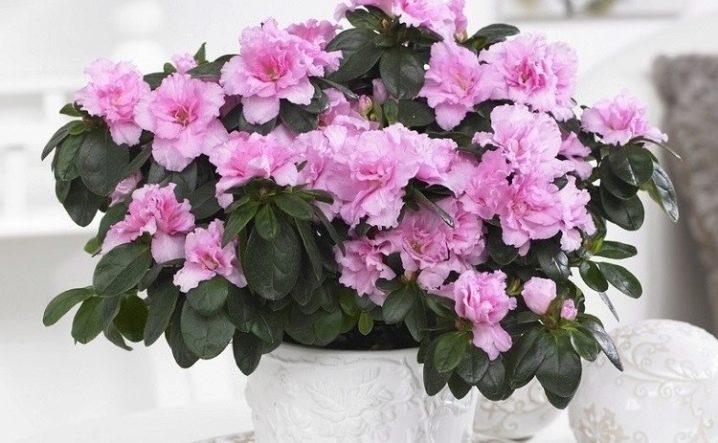
What conditions are required?
When planning to propagate this beautiful ornamental plant, it is important to pay attention to the quality of the planting material. It must be sourced from a healthy, mature and well-developed plant that is adapted to housekeeping. Too young and weak plants are not suitable for obtaining planting material, since they have a low donor potential. Very mature and old azaleas are also almost not used for the procedure, since at this age stage their metabolic processes slow down, nutrients, micro- and macroelements are less absorbed. Taken together, these factors make older plants unsuitable for reproduction.

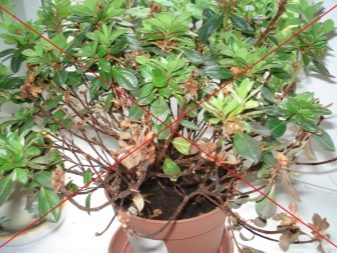
Another equally important condition on which the results of the upcoming event depend is the quality of the soil mixture. Its composition and properties are of equal value both when breeding an azalea with seeds, and when propagating it by cuttings or dividing a bush.
Before use, the soil must be carefully processed: steam or disinfect with a solution of potassium permanganate.
If sand is used as part of the soil mixture, it must first be sieved, washed and calcined.
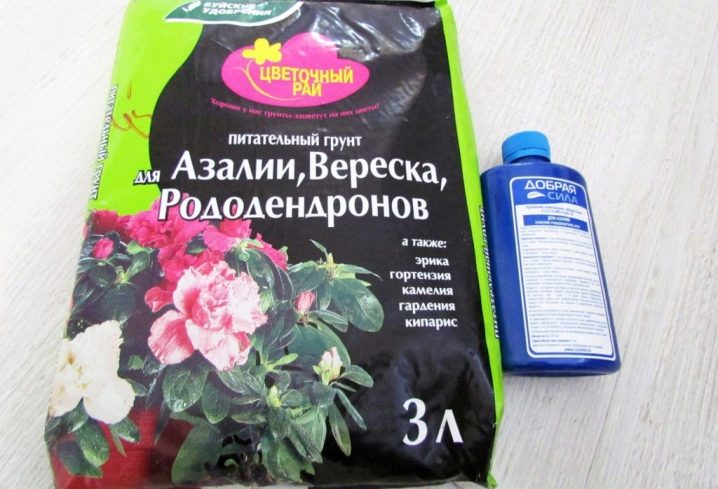
Other conditions that provide effective breeding of indoor azaleas are:
- creating a greenhouse effect;
- maintaining sufficient air humidity;
- ensuring a stable temperature regime.
The greenhouse effect is essential for seed germination and rooting of cuttings. It can be provided with the help of an impromptu greenhouse made of a plastic bottle cut in half, a container with a lid or plastic wrap, which is tightened with a container with planting material.

Given that this ornamental culture is moisture-loving, it is important to ensure sufficient air humidity when breeding it. This can be done by periodic spraying and irrigation. You can also maintain the required level of moisture in the air using a special room humidifier or a wide container filled with water and placed next to the plants.

When calculating to propagate an azalea in one of the ways, it is also necessary to take into account that many of its varieties have increased requirements for the air temperature.
Despite the fact that to date, breeders have managed to obtain cold-resistant hybrids, when breeding azaleas, it is still desirable to maintain the temperature at 22-25 °.

Reproduction methods
For the reproduction of this flowering plant, almost all known ways:
- cuttings;
- reproduction by seeds;
- division of the bush.
Each of them has its own disadvantages and advantages.
However, no matter which method will be used to breed azaleas, the florist should tune in to laborious, painstaking and complex work.
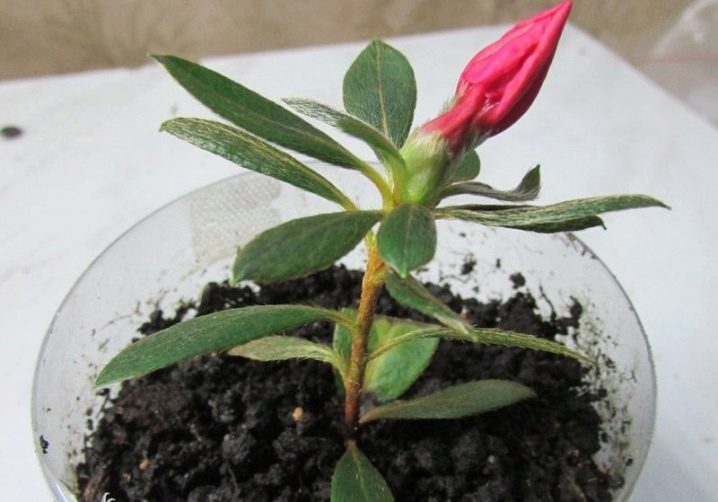
Cuttings
According to experienced flower growers, the easiest way is to propagate this indoor flower by cuttings.Compared to other methods, cuttings are more effective. However, this method does not give a 100% guarantee of success. Thus, observations show that out of 10 cuttings of such a capricious plant as an azalea, usually only 1–2 specimens take root.
The procedure is carried out from May to August, when the plant will bloom. To obtain planting material, ripe stem shoots are cut from the donor bush. You can take a shoot from the top of the plant. The following requirements are imposed on cuttings for breeding azaleas:
- length from 10 to 15 cm;
- the presence of several full-fledged leaves (of the appropriate size and color);
- the presence of a fully formed kidney (at least one).
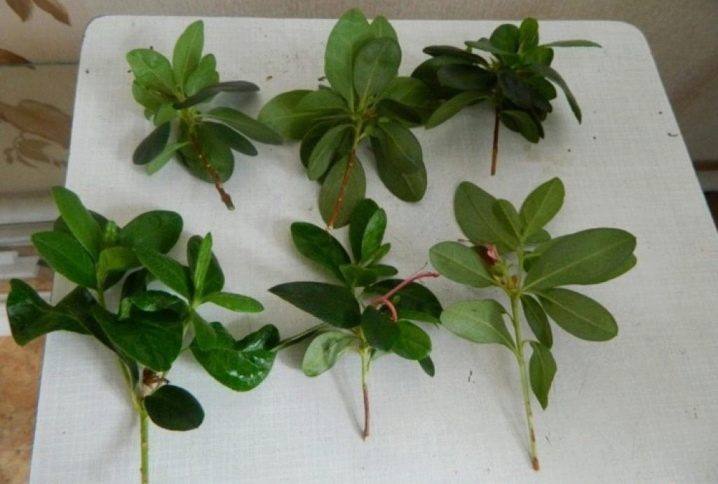
The degree of maturity of cuttings is determined by the sound that is heard when the shoot breaks. The dry crackling sound typical of breaking wood is indicative of the maturity of the cuttings. If it does not break, but bends, then it cannot be used as a planting material due to its immaturity.
The grafting process is carried out step by step.
- The lower part is cut along an oblique line, after which excess leaves are removed from the cutting.
- Then the cutting is placed in a container with a solution of a rooting stimulator for several hours.
- Next, prepare the substrate for the rooting of the planting material. For this purpose, some growers use pure peat without any impurities. It is also allowed to use a loose nutritious soil mixture with an acid reaction.
- The prepared soil mixture or peat is placed in a container, carefully spilled and left for some time to drain excess water through the drainage holes. The water collected in the pallet is drained and the soil in the container is checked. It should be moderately damp, but not too wet.
- The cuttings are buried by 2.5–3 cm, depending on their length. If the stalk is too long, it is allowed to deepen it deeper.
- After planting the cuttings, the container is covered with a film cap, a glass jar or a cut plastic bottle. This will provide the rooting plant with an optimal microclimate and prevent rapid evaporation of moisture from the soil. During the rooting period, the protective cap is regularly removed and wiped from the inside from condensation.
Under favorable conditions, the rooting process can take up to 4 months.
The fact that the cutting has managed to take root will be evidenced by its gradual growth and the formation of new young shoots.

Seeds
Seed propagation is one of the most difficult and time-consuming procedures associated with increased risks. Any minor mistake made at one of the main stages is enough for the risks of failure to instantly increase.
Florists rarely resort to this method of breeding azaleas. It is usually used for experimental purposes, for example, to test the germination of seeds of new and little-known varieties.
Sowing begins in the spring (in March-April), when daylight hours begin to increase.
For the germination of azalea seeds, long and intense lighting is very important (at least 13-15 hours a day). For this reason, when sowing seeds in winter or at the end of winter, it is recommended to use additional lighting.
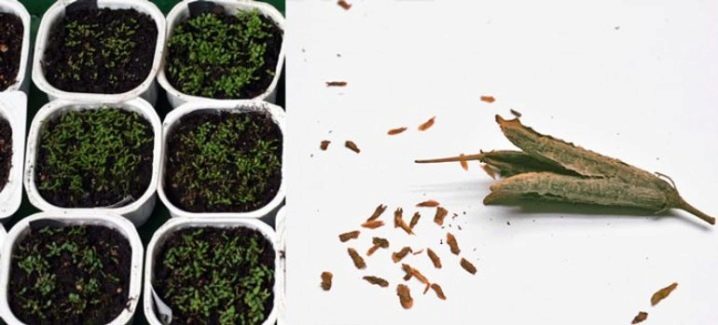
Before sowing, it is necessary to prepare the soil mixture from equal shares:
- turf land;
- leafy land;
- humus;
- peat.
One part of the sand is added to the resulting mixture, which will provide it with additional air and moisture permeability.
The soil mixture must be disinfected with a solution of potassium permanganate before being placed in a container, or simply spilled with boiling water.
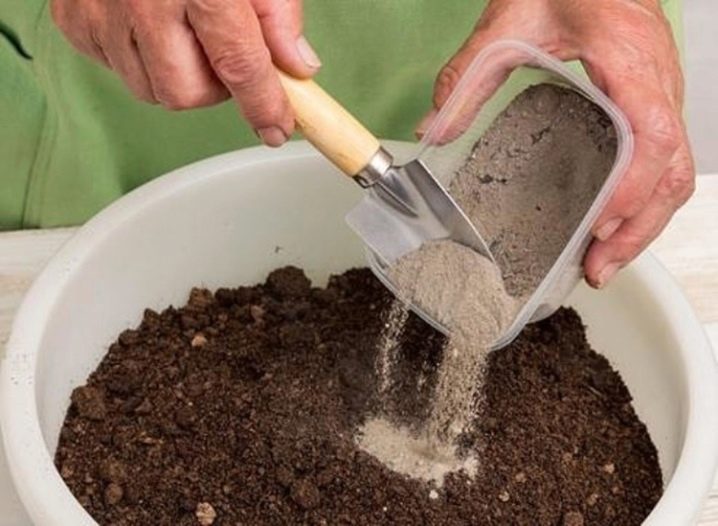
The procedure takes place in several stages.
- When the soil dries up a little, it is laid out in a planting container on top of the drainage layer lying at the bottom.
- Having filled the planting container with soil mixture, it is spilled well and allowed to drain off excess water.
- Then the seeds are spread on the surface of the soil at a distance of 1.5–2 cm from each other. It is not necessary to sprinkle the planting material.
- After finishing work, the seeds are sprayed from above with warm, settled water from a spray bottle.
- After that, the container is covered with transparent polyethylene and sent to a warm, well-lit place.
As in the previous case, the film is removed from the container from time to time, drying the surface of the soil and removing the accumulated condensate. The sprouting rate depends on the characteristics of the azalea variety, as well as on the literacy of the sowing procedure. Seeds of some varieties sprout in 1–2 weeks. In most cases, it takes about 3-4 weeks before the first shoots appear. After the seeds germinate, the film must be removed from the container.
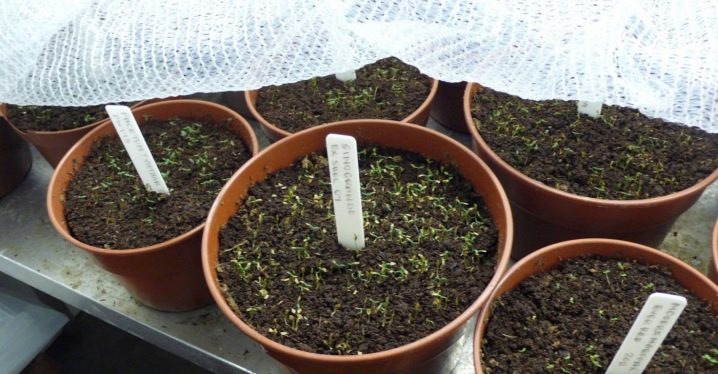
Dividing the bush
Another time-consuming way to breed azaleas involves dividing the donor bush. This procedure is considered quite risky, since any careless manipulation can lead to the complete death of the donor plant. Division is usually carried out in the spring, when the plants enter a phase of intensive growth and development. These factors further allow them to recover faster after the procedure.
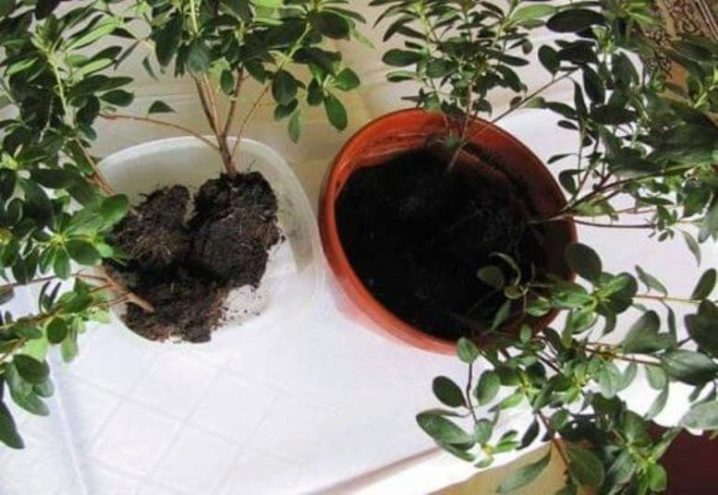
To implement this method, you need a healthy, strong, well-formed bush with a large number of young shoots.
- The plant is well spilled, allowed to drain, and then carefully removed from the pot.
- The bush is divided with confident movements using a sharp knife. The tool blade should be pre-treated with a disinfectant.
- After the procedure, the divided parts are seated in separate pots.
Even if all the actions were performed by the florist correctly, it will take at least a year to restore the plants.
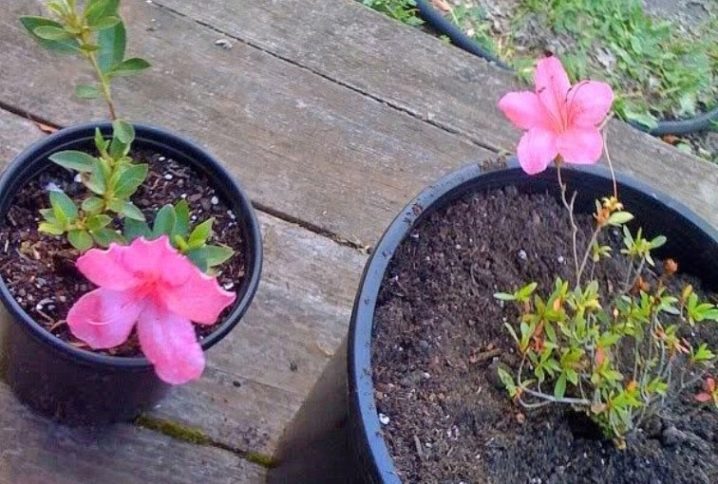
Follow-up care
Young plants grown from seeds, cuttings or by dividing a bush require provide the most comfortable living conditions.
- They should get enough light throughout the day and be regularly sprayed with warm water.
- The full development and growth of plants is largely dependent on lighting, so in the cool season, young azaleas should be supplemented. From time to time, flower pots need to be rotated to ensure uniform formation of the aerial part. Plants should be carefully protected from direct sunlight.
- In the warm season, it is recommended to ventilate the room where the azaleas grow. Good air circulation and oxygen supply are important for these plants. For the duration of the airing, the flower pots are removed to protect them from drafts.
- Watering is carried out as the surface layer of the soil dries up. Drying out of the earth in the pot should not be allowed.
- To increase the acidity of the soil, to which the azalea is very supportive, it is allowed to spray the soil with a weak solution of citric acid (2 g of substance per 1 liter of water) once a week.
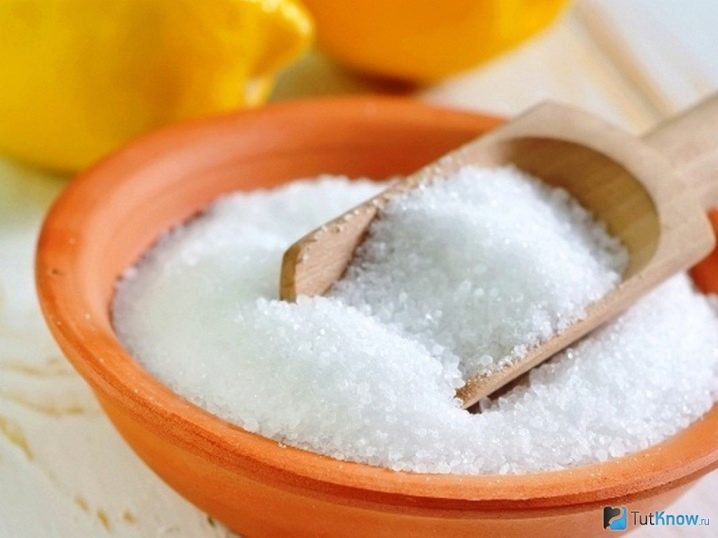
Possible mistakes
Novice growers who have never had to plant an azalea before often make serious mistakes. Such oversights at best can turn into disappointment, at worst - the death of the donor plant.
- So, experienced florists do not recommend using a flowering plant. to obtain planting material. This can cause severe stress to the plant, as a result of which the bush can become seriously ill.
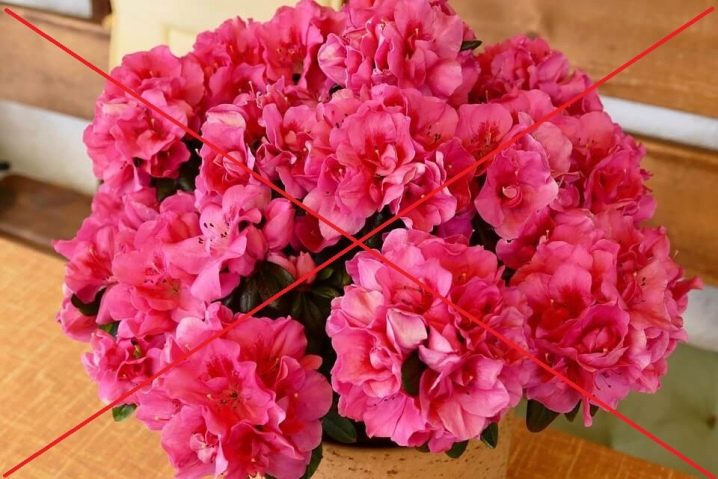
- For planting cuttings, you should choose loose and acidic soil. In neutral and dense soil mixtures, it is almost impossible to root the shoots.
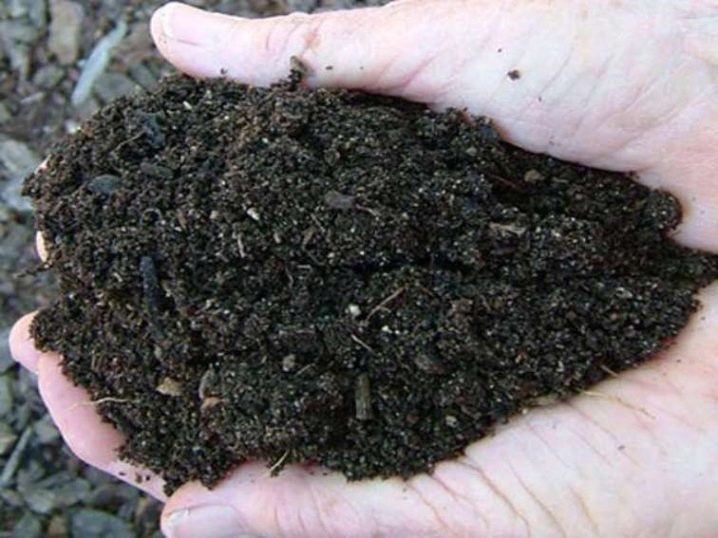
- When sowing seeds, do not cover them with substrate. Considering that this planting material is characterized by an already weak germination rate, the hatched seedlings may not have enough strength to overcome the obstacle in the form of a layer of earth.

You can get acquainted with the propagation technology of azaleas in the next video.







































































































The comment was sent successfully.